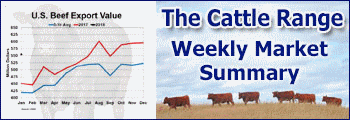The numbers: The cost of U.S. goods and services jumped 0.6% in January - the biggest increase since last summer - in another sign that stubbornly high inflation is likely to take awhile to return to low pre-pandemic levels.
Prices also rose a bit faster in December than previously reported, the government said Friday.
The rate of inflation, using the Federal Reserve’s preferred PCE index, had tapered off rapidly since last summer. But further sharp declines soon are less likely, economists say.
The annual increase in prices rose to 5.4% from 5.3% in December — the first uptick in seven months. The PCE index touched a 40-year high of 7% last June.
Key details: The more closely followed core index also rose 0.6% last month. Analysts has forecast a 0.5% gain.
The increase in the core rate of inflation in the past 12 months moved up 4.7% from 4.6.%.
Formally known as the personal consumption expenditures price index, PCE is viewed by the Fed as the best predictor of future inflation trends. The central bank pays especially close attention to the core gauge that strips out volatile food and energy costs.
Unlike it’s better-known cousin, the consumer price index, the PCE gauge takes into account how consumers change their buying habits due to rising prices.
They might substitute cheaper goods such as chicken thighs for more expensive ones like boneless breasts to keep costs down. Or buy generic medicines instead of brand names.
The CPI showed inflation rising at a 6.4% yearly rate in January.
Big picture: The Fed is raising interest rates to try to tame inflation and return it to precrisis levels of 2% or less. Yet higher rates also slow the economy and raise the risk of recession.
How the economy fares will depend on how much more the central bank has to raise rates. The upturn in inflation in January makes it’s more likely the Fed will have to stay aggressive.
Looking ahead: “This report makes the Fed more likely to keep interest rates higher for longer,” said chief economist Bill Adams of Comerica. “The stickier inflation is in early 2023, the more the Fed will push down on the brakes, and the weaker the economy will be in 2024.”














